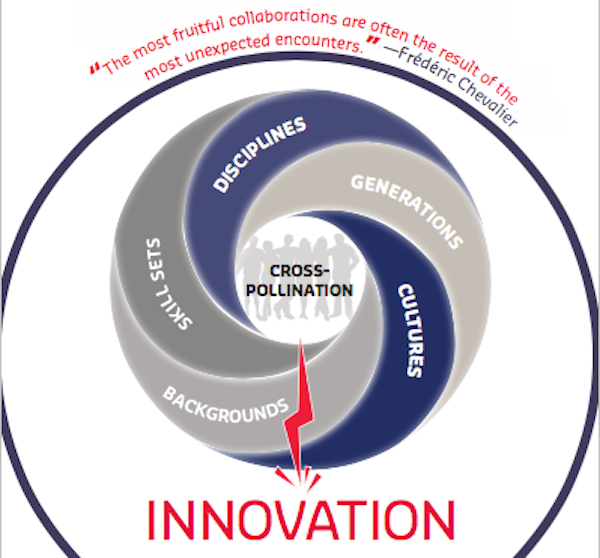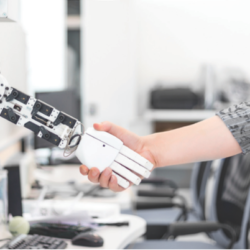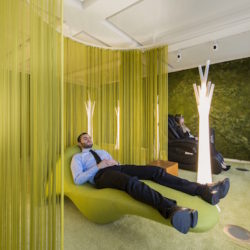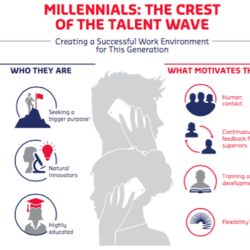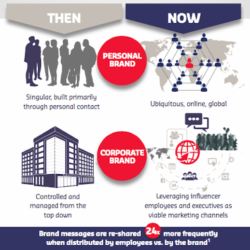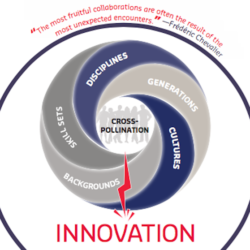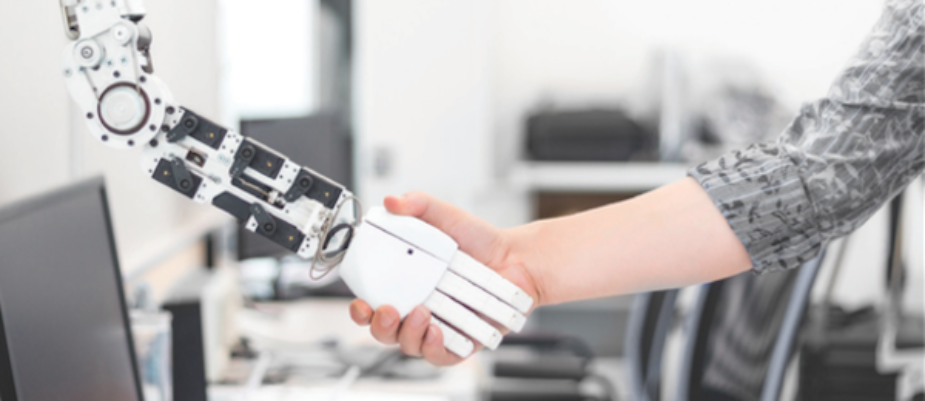
A useful tool for employers for navigating in a landscape that is constantly evolving: Global Workplace Trends Report 2017 by Sodexo traces 10 main fields of innovation for the workplace, a roadmap to increase productivity, wellbeing, and quality of life comparing the current situation with future scenarios.
Clear and fast changes are happening in the conception of the working environment, although it is not easy to always understand which are the best trends for a company or how to apply them fruitfully. Sodexo, along with several experts of Columbia University, University of Granada, Harvard Center for Work e United Nations Foundation, has run a survey to help employers to make the best decisions, enlightening 10 main trends evolving different topics such as migrants, millennials, robots, environment, new technologies and social transformations:

1. Putting design thinking principles to work.
Design thinking has become a critical strategic imperative for organizations looking to put the employee experience first, rethinking all elements of the workplace. Every aspect has to be designed considering the employee’s experience at first. Health and well-being become the foundation for designing workplaces that contribute to worker’s happiness and wellness.
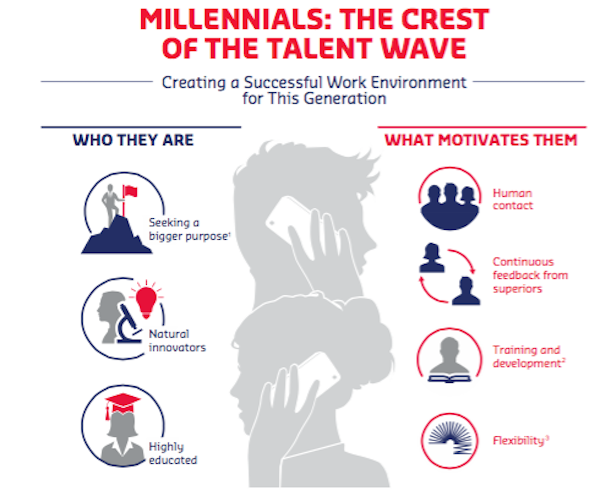
2. Unlocking the potential of millennial talent
By 2025 millennials will comprise 75% of the global workforce, therefore companies are engaged in creating a culture where millennials employers are benefiting from the collaboration, creativity, and authenticity. Start-ups are representing a model for bigger enterprises that offer more freedom, flexibility, and mobility, encouraging millennial employees from taking the initiative on a new project, or even from having side jobs. That makes them more entrepreneurial (and provides a sense of freedom.
3. The agile organization.
In a recent study, Accenture has pointed out the companies with higher levels of both stabilizing structural backbone and velocity were 436 percent likelier to be seen as outstanding financial performers in their industries than those that lacked both. Agility is going to be the mode of operating of the future companies.
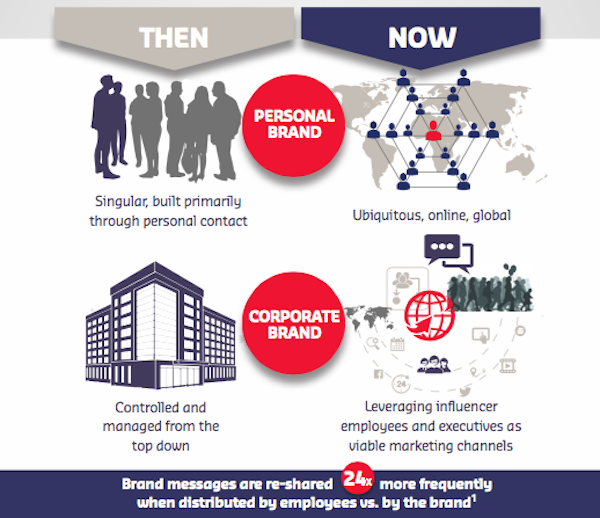
4. The rise of cross-workplaces
Interaction is one of the main mantras of nowadays offices. Cross-working is encouraging employees to interact with a wide range of people across an organization to spark innovation and therefore new products, new processes, new services, new ways of organizing and new ways of thinking.
5. Employees without borders.
Corporations can play an important role in promoting a sense of belonging and a culture of inclusion among their workforces. Organizations are more frequently welcoming migrants into the workforce and leveraging their talents with an understanding of their immense value proposition. In the years ahead, those companies that already have corporate cultures with deep foundations in diversity and inclusion will be best suited to rise up to help their communities and to create innovative cross-cultural ways of thinking.

6. The new generation of robotics.
Is the robotic a threat for employees? As the workplace becomes increasingly automated in the endless drive for greater efficiency and productivity, an anxious workforce worries that the machines mean human workers will be out of work. The future can be different: instead of wholesale personnel downsizing, employers will train and develop their people to empower workers to take on new and different roles.
7. Intergenerational learning.
The norms of work-related learning challenge the wisdom that older people teach while younger people learn: now workers of all ages contribute to one another, establishing longer and more dynamic careers that defy generational stereotypes. Intergenerational agility is a critical issue: by 2030, the percentage of the population aged 60 and over is expected to leap, from 12.3 percent in 2015 to 16.5 percent, and companies will be called to focus on successfully developing and managing a multigenerational workforce.

8. Personal branding goes to work.
Personal and corporate brands are now overlapping, as organizations realize the value of the influencers in their workforce. It has been shown that brand messages are reshared 24 times more frequently when distributed by employees. In the future will see a rise of companies with social employee advocacy programs, social listening programs and professional development plans that include instructions and governance models on how employees can enhance their personal brands while supporting company goals.
9. The 2030 agenda for sustainable development.
Companies are called to an important social role: sustainable development is increasingly recognized as the legitimate responsibility of businesses. Organizations are becoming more creative, committed and consistently visible when it comes to sustainable development, alongside innovation and technology.

10 Wellness 3.0.
As the boundaries between work and life continue to blur, today’s workers are seeking out a new and improved employee value proposition that includes a focus on all aspects of health and well-being. And so employers are taking holistic approaches to workplace wellness, developing customized wellness programs that look at worker wellness as a true advantage.
Text by Gabriele Masi.
